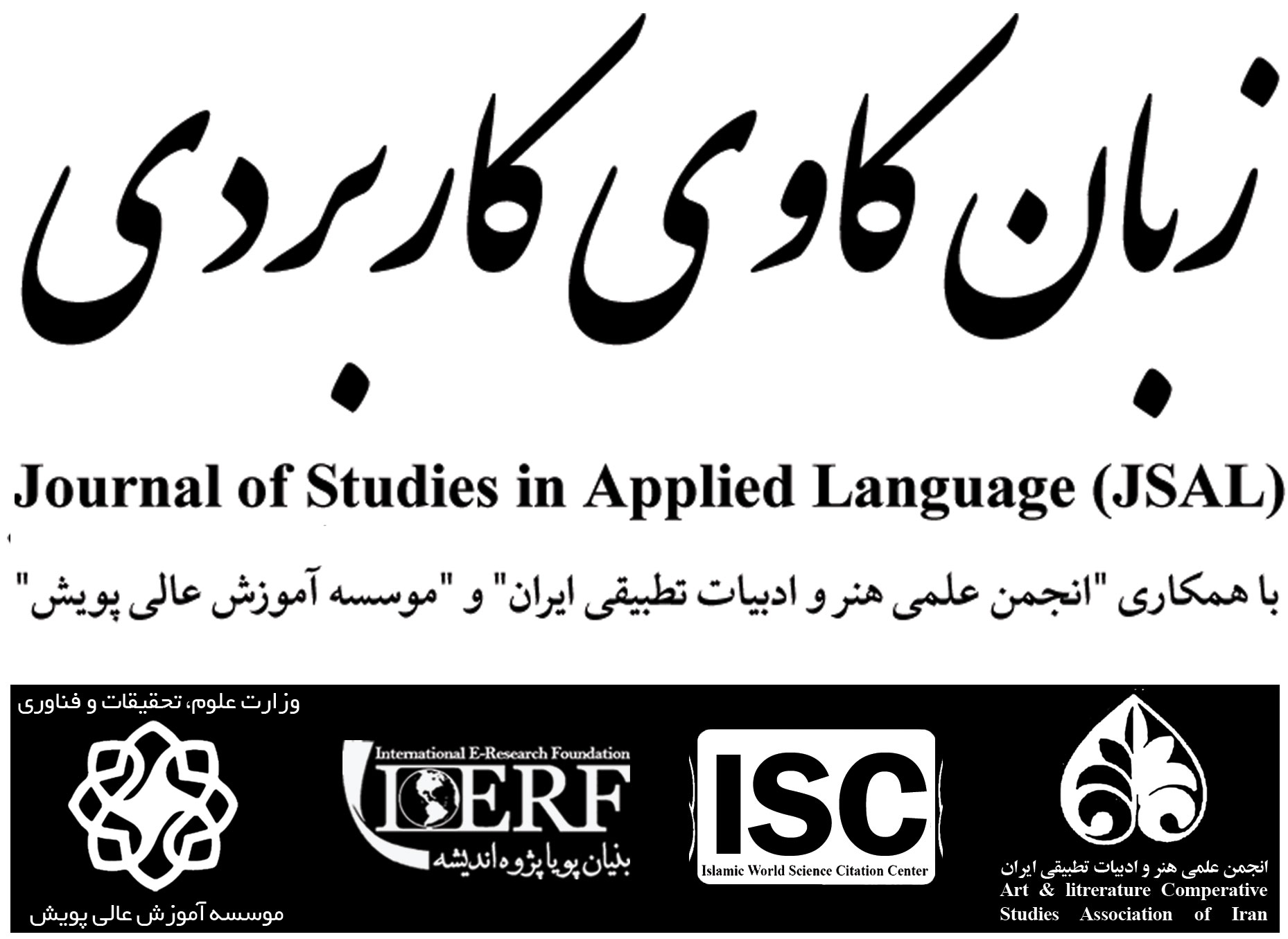Volume 4, Issue 2 (Journal of Language Teaching, Literature & Linguistics (JLTLL) 2021)
JSAL 2021, 4(2): 65-94 |
Back to browse issues page
Download citation:
BibTeX | RIS | EndNote | Medlars | ProCite | Reference Manager | RefWorks
Send citation to:



BibTeX | RIS | EndNote | Medlars | ProCite | Reference Manager | RefWorks
Send citation to:
Etrat Doost M. (2021). Manifestation of Dark and Social Humor in the use of the Irony Rhetorical Industry in Nahj al-Balagha [In Persian]. JSAL. 4(2), 65-94.
URL: http://jsal.ierf.ir/article-1-48-en.html
URL: http://jsal.ierf.ir/article-1-48-en.html
Assistant Professor in Department of Theology, Shahid Rajaee Teacher Training University, Tehran, Iran. , Etratdoost@sru.ac.ir
Abstract: (1120 Views)
The words of Imam Ali (AS) in Nahj al-Balagha have always been distinguished from other texts due to two basic characteristics; One is eloquence and rhetoric, and the other is its multidimensionality in the sense that the words have appeared in different and possibly contradictory semantic fields, and at the same time, eloquence and rhetoric have been maintained. An example of the intersection of these two characteristics can be seen in the application of irony. What is most noticeable in this system is the juxtaposition of two contrasting semantic-verbal elements to surprise the audience and at the same time convey a bitter message with humorous literature. In this article, by identifying examples of the manifestation of the Iranian rhetorical industry in the sermons of Nahj al-Balagha and their conceptual analysis, another manifestation of the verbal and semantic miracles of Imam Ali (as) speech is considered and another literary industry used in Nahj al-Balagha is re-read. Findings showed that in the words of Imam Ali (AS), irony is used covertly, by combining contradictory and unexpected topics and exaggeration in preferring worthless topics and vice versa, and is used with striking sentences and divination so as to convey many important concepts to the audience through humorous literature
Type of Study: Research |
Subject:
Discourse Analysis
Received: 2023/05/20 | Accepted: 2021/09/1 | Published: 2021/09/1
Received: 2023/05/20 | Accepted: 2021/09/1 | Published: 2021/09/1
Send email to the article author
| Rights and permissions | |
 |
This work is licensed under a Creative Commons Attribution-NonCommercial 4.0 International License. |







